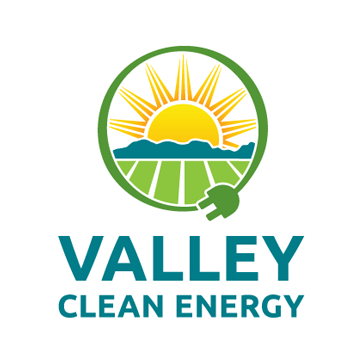SOLAR PANELS
Convert sunlight into electricity to dramatically cut energy costs and reduce carbon emissions.
LOW-E DUAL PANE WINDOWS
Reduce heat loss during the winter and heat gain during the summer with high efficiency windows.
SMART/PROGRAMMABLE THERMOSTATS
Automatically control home temperatures to optimize comfort and savings.
HIGH EFFICIENCY ELECTRIC APPLIANCES
Induction cooking and Energy Star appliances reduce energy use and costs. Low-flow showers and toilets save water and hot water costs.
HIGH EFFICIENCY HEATING & COOLING
More efficient electric heating and cooling systems and duct sealing can save energy, improve comfort and reduce emissions.
Air Sealing and Insulation
Your home will stay warmer in the winter and cooler in the summer with properly insulated attic, ceiling and walls.
HIGH EFFICIENCY LIGHTING (LEDs)
LEDs last much longer, saving energy and costs.
BUNDLED ENERGY EFFICIENCY IMPROVEMENTS
Bundle multiple measures for even greater savings.
HIGH EFFICIENCY WATER HEATING
Consider heat pump or tankless water heaters.
ELECTRIC VEHICLES
Save on fuel and maintenance costs and reduce greenhouse gas emissions when you charge your car with electricity.



